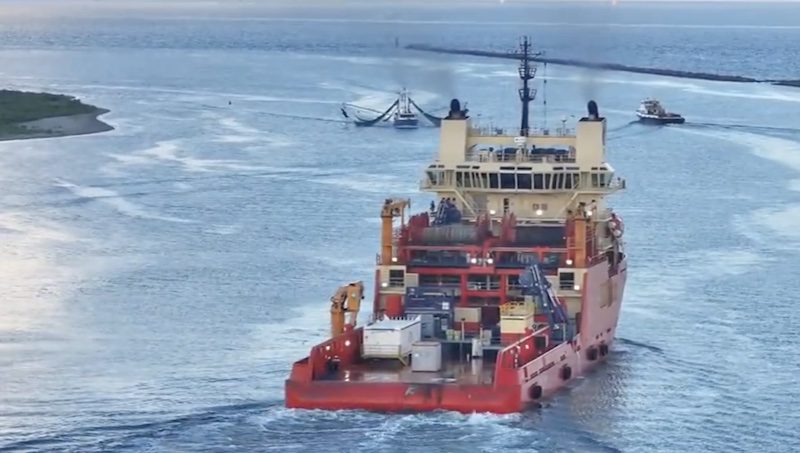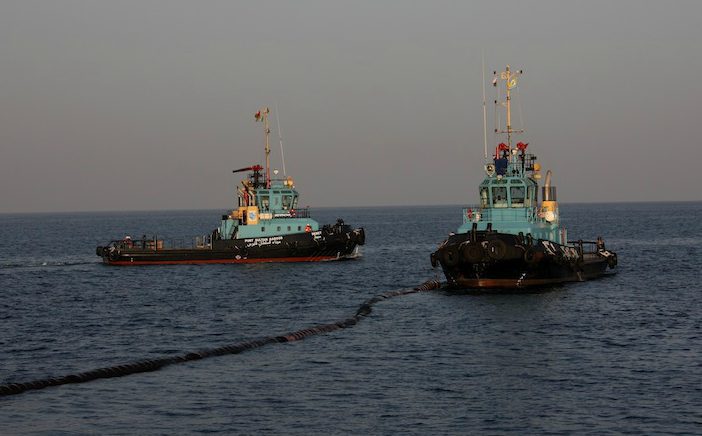Global ocean hull premiums rose by 5.7% in 2022 due to increased activity, vessel values, and reduced market capacity, but change is on the horizon with inflation likely to have a significant affect on the marine insurance industry going forward, according to the International Union of Marine Insurance (IUMI).
Overall, 2022 was a positive year for hull underwriters as claims moderated, leading to a positive impact on overall loss ratios. However, inflation is expected to affect profitability in the coming years, as rising costs of materials, shipyards, and labor have not been reflected in premium increases.
“During the post-Covid period, there was a scarcity of materials such as steel coupled with an increase in their demand following the re-activation of global shipping,” says Ilias Tsakiris, Chair of IUMI’s Ocean Hull Committee. “This was exacerbated by rising inflationary pressure, which has driven up the costs of materials, shipyards, and labour. From an underwriting perspective, inflation has not only been applicable to vessel repairs and claims but also to general office overheads. In the main, the underwriting community has not applied inflationary increases to the premium base and this may lead to a reduction in overall profitability over the coming year or two.”
Aside from inflation, key issues that should be on the radar of hull insurers include alternative fuels, lithium-ion batteries/electric vehicles, and the “dark fleet.”
Green Fuels
2050 GHG emission targets, dual-fuel newbuilding projects, evolving IMO guidelines, and sustainability initiatives all have implications for hull underwriters as new fuels are introduced and adopted by the shipping industry.
“Emission reduction technologies are inevitably more sophisticated than the current methods of ship propulsion. This will increase the value of the global fleet and, consequently, the level of risk to be covered,” says Tsakiris. “The rapid implementation of these technologies aligned with decarbonization and GHG emissions, particularly where new fuel blends may be used with current engines, will give rise to new risks.”
Electric Vehicles and Lithium-ion Batteries
Fires on containerships and car carriers carrying lithium-ion (Li-ion) batteries and electric vehicles (EVs) is another area of concern, underscored by the fire onboard the Fremantle Highway in July. Out of the 3,700 cars on board, nearly 500 were electric vehicles.
The IUMI highlights the concern of ‘thermal runaway’ in Li-ion batteries, which can lead to fires and explosions. Tsakiris stresses the importance of early fire detection; the installation of drencher and CO2 extinguishing systems; and the establishment of well-defined cargo acceptance protocols.
“An issue requiring particular consideration is the charging of EVs on ropax vessels, contingent on comprehensive risk assessments and the implementation of appropriate safety measures,” he says.
The “Dark Fleet”
The so-called “dark fleet” is a growing threat for insurers, driven by sanctions against Russia over its invasion of Ukraine. The Legal Committee at the IMO has noted a global fleet of 300 to 600 tankers, consisting mostly of older ships, operating without AIS transponders, lacking proper maintenance, ownership clarity, and insurance. This “dark fleet” or “shadow fleet” is evading sanctions and posing a higher risk of oil spills and collisions.
“There were eight incidents involving sanctioned oil tankers reported in 2022, including the destructive explosion of the aframax tanker Pablo which caught fire in Malaysian waters in May and left three crew members missing”, says Tsakiris. “Because this ship was part of the 600-strong “dark fleet”, salvors were not able to board. Fortunately, there was no other vessel involved but had this been a collision, or a ship-to-ship transfer, it would have been a completely different story. As it stands, the burnt-out wreck remains at anchor and the owners are impossible to contact, leaving the authorities with a significant headache.”
Unlock Exclusive Insights Today!
Join the gCaptain Club for curated content, insider opinions, and vibrant community discussions.

 Join The Club
Join The Club













